PDF-The days of the lone landman driving around the back roads taking leas
Author : trish-goza | Published Date : 2015-08-23
Though there are still a few independent landmen that x00660069t this mold clients have demanded change and consolidation Now there are being treated and paid as
Presentation Embed Code
Download Presentation
Download Presentation The PPT/PDF document "The days of the lone landman driving aro..." is the property of its rightful owner. Permission is granted to download and print the materials on this website for personal, non-commercial use only, and to display it on your personal computer provided you do not modify the materials and that you retain all copyright notices contained in the materials. By downloading content from our website, you accept the terms of this agreement.
The days of the lone landman driving around the back roads taking leas: Transcript
Download Rules Of Document
"The days of the lone landman driving around the back roads taking leas"The content belongs to its owner. You may download and print it for personal use, without modification, and keep all copyright notices. By downloading, you agree to these terms.
Related Documents


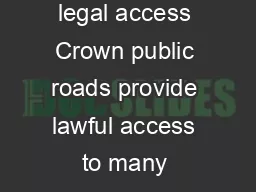

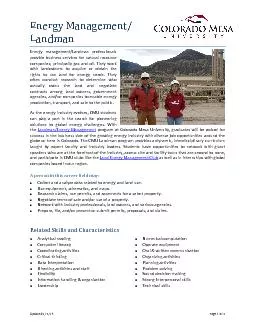

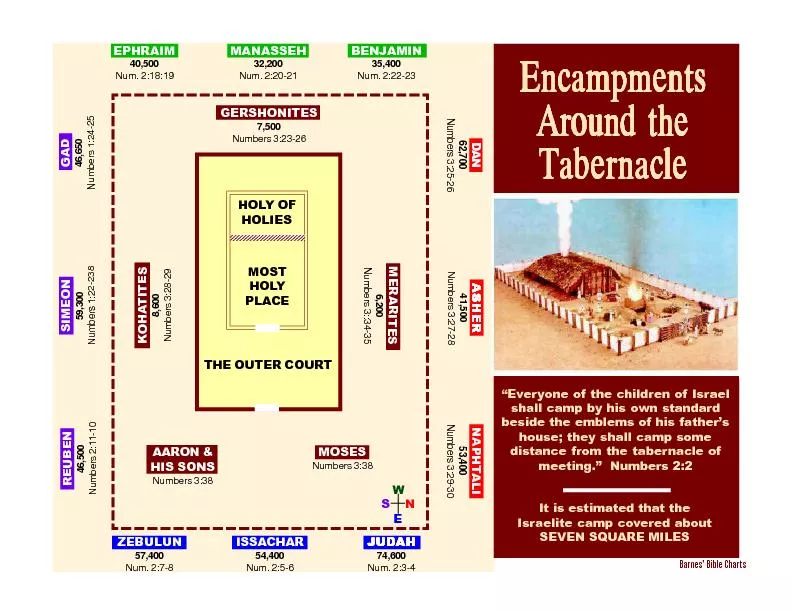
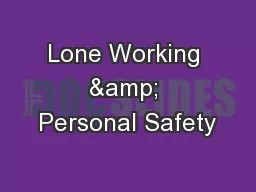

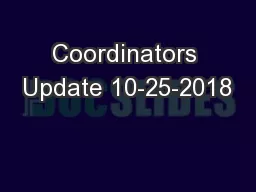


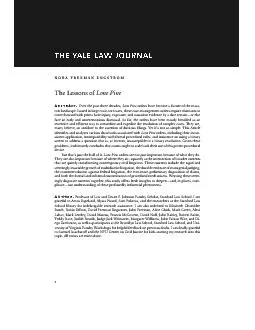

![[PDF READ ONLINE] Taking Back Eden: Eight Environmental Cases that Changed the World](https://thumbs.docslides.com/1017599/pdf-read-online-taking-back-eden-eight-environmental-cases-that-changed-the-world.jpg)